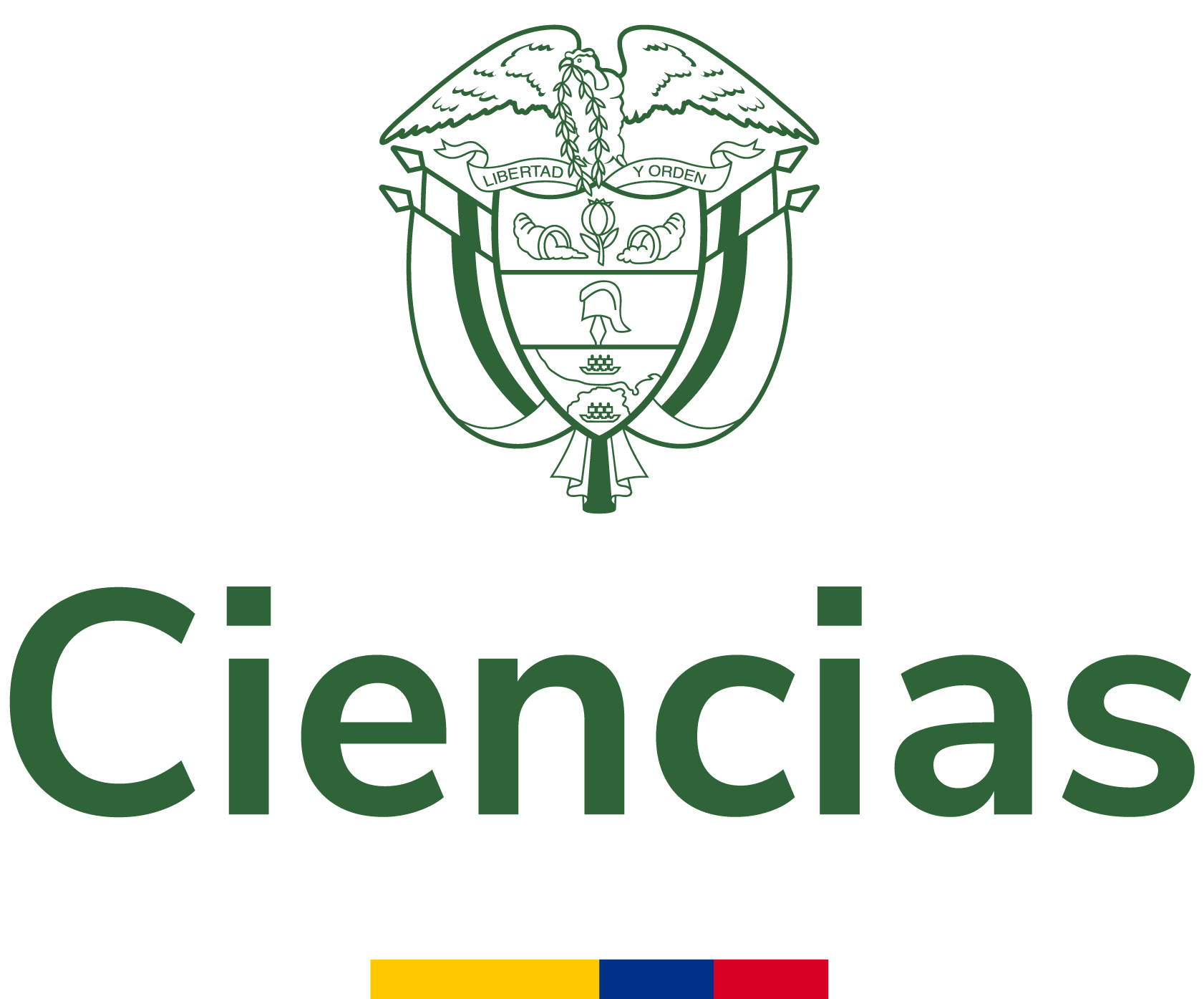Skyline park en búsqueda de la contemporáneo
Monografía (Arquitectura) Universidad Católica de Pereira. Facultad de Arquitectura y Diseño, Pereira, 2023
- Autores:
- Tipo de recurso:
- Fecha de publicación:
- 2023
- Institución:
- Universidad Católica de Pereira
- Repositorio:
- Repositorio Institucional - RIBUC
- Idioma:
- spa
- OAI Identifier:
- oai:repositorio.ucp.edu.co:10785/12032
- Acceso en línea:
- https://repositorio.ucp.edu.co/entities/publication/3b12f9ca-3cea-40dd-9d1f-42b46d21ce2a
- Palabra clave:
- Contemporáneo
Contemporary
Naturaleza
Nature
Diseño Generativo
Generative Design
Sagrado
Sacred
- Rights
- openAccess
- License
- http://creativecommons.org/licenses/by-nc-nd/4.0/deed.es
| id |
RepoRIBUC_4c6c0846cbba7b5bd069b07dcd03581c |
|---|---|
| oai_identifier_str |
oai:repositorio.ucp.edu.co:10785/12032 |
| network_acronym_str |
RepoRIBUC |
| network_name_str |
Repositorio Institucional - RIBUC |
| repository_id_str |
|
| dc.title.none.fl_str_mv |
Skyline park en búsqueda de la contemporáneo |
| title |
Skyline park en búsqueda de la contemporáneo |
| spellingShingle |
Skyline park en búsqueda de la contemporáneo Contemporáneo Contemporary Naturaleza Nature Diseño Generativo Generative Design Sagrado Sacred |
| title_short |
Skyline park en búsqueda de la contemporáneo |
| title_full |
Skyline park en búsqueda de la contemporáneo |
| title_fullStr |
Skyline park en búsqueda de la contemporáneo |
| title_full_unstemmed |
Skyline park en búsqueda de la contemporáneo |
| title_sort |
Skyline park en búsqueda de la contemporáneo |
| dc.subject.none.fl_str_mv |
Contemporáneo Contemporary Naturaleza Nature Diseño Generativo Generative Design Sagrado Sacred |
| topic |
Contemporáneo Contemporary Naturaleza Nature Diseño Generativo Generative Design Sagrado Sacred |
| description |
Monografía (Arquitectura) Universidad Católica de Pereira. Facultad de Arquitectura y Diseño, Pereira, 2023 |
| publishDate |
2023 |
| dc.date.none.fl_str_mv |
2023-08-18T19:25:42Z 2023-08-18T19:25:42Z 2023 |
| dc.type.none.fl_str_mv |
Trabajo de Grado – Pregrado http://purl.org/coar/resource_type/c_7a1f http://purl.org/coar/version/c_970fb48d4fbd8a85 info:eu-repo/semantics/bachelorThesis info:eu-repo/semantics/publishedVersion |
| status_str |
publishedVersion |
| dc.identifier.none.fl_str_mv |
https://repositorio.ucp.edu.co/entities/publication/3b12f9ca-3cea-40dd-9d1f-42b46d21ce2a |
| url |
https://repositorio.ucp.edu.co/entities/publication/3b12f9ca-3cea-40dd-9d1f-42b46d21ce2a |
| dc.language.iso.fl_str_mv |
spa |
| language |
spa |
| dc.relation.none.fl_str_mv |
Monografía; DDMARQ743 |
| dc.rights.none.fl_str_mv |
http://creativecommons.org/licenses/by-nc-nd/4.0/deed.es info:eu-repo/semantics/openAccess http://purl.org/coar/access_right/c_abf2 |
| rights_invalid_str_mv |
http://creativecommons.org/licenses/by-nc-nd/4.0/deed.es http://purl.org/coar/access_right/c_abf2 |
| eu_rights_str_mv |
openAccess |
| dc.format.none.fl_str_mv |
application/pdf |
| dc.publisher.none.fl_str_mv |
Universidad Católica de Pereira |
| publisher.none.fl_str_mv |
Universidad Católica de Pereira |
| institution |
Universidad Católica de Pereira |
| repository.name.fl_str_mv |
|
| repository.mail.fl_str_mv |
|
| _version_ |
1844494637602963456 |
| spelling |
Skyline park en búsqueda de la contemporáneo ContemporáneoContemporaryNaturalezaNatureDiseño GenerativoGenerative DesignSagradoSacredMonografía (Arquitectura) Universidad Católica de Pereira. Facultad de Arquitectura y Diseño, Pereira, 2023La arquitectura no existe sin la memoria, pero debido al movimiento moderno que se desvió de los aspectos humanos por una eficiencia superior, creó una arquitectura que se alejó de lo natural. La búsqueda de lo contemporáneo no se ha manifestado en un mejor lugar que el skyline de Manhattan, Nueva York, una ciudad que en los últimos 100 años se ha encontrado en un estado de cambio constante de sus edificios, reemplazando aquello que se definió como “fuera de moda” para construir lo que en su tiempo era lo más moderno. Aquí es donde se ha entendido el aura de NY, una sed insaciable para ser lo más nuevo del mundo, pero es por esta misma búsqueda para ser contemporáneo que no permite que se pueda realizar y esto es un problema de lenguaje y concepto. Matrin Heidegger, un filósofo alemán nos explica que lo contemporáneo no puede existir en el mundo físico, es entonces entender que lo contemporáneo no se puede alcanzar en el mundo construido pero esto no significa que entonces no hay manera de ser contemporáneo. La propuesta es crear un espacio que su uso sea contemporáneo, más no su manifestación física. Dicho lo anterior, no se puede olvidar para quienes se está construyendo, pero esto no se limita a los habitantes de la ciudad, sino a los seres humanos como una totalidad. Los cubos de cristal de Nueva York, un reflejo de los movimientos modernos creados por el industrialismo, demuestran el progreso humano y rompen los límites del mundo construido, pero es aquí donde el aspecto del ser humano se ha desvanecido. La recuperación de estos aspectos humanos entonces se torna en un entendimiento sobre los aspectos primordiales del ser y sus vínculos al mundo real, pero no todos los aspectos son universales, por ende se elige intervenir uno que, con la cual toda la humanidad está vinculada, la relación con la Naturaleza. Frank Lloyd Wright, un gran arquitecto y padre de la arquitectura orgánica aun siendo cristiano, decía que Dios no se encontraba en las iglesias, se encontraba en la Naturaleza. Es entonces aquí donde la humanidad puede desvincular lo sagrado de lo religioso y enfocarse a lo natural, es aquí donde nos podemos aproximar a una arquitectura humanamente universal. Ya definido las posturas frente a lo artificial y lo natural, se puede proponer un espacio sagrado sin el vínculo a lo religioso que pueda contraponer los cubos de cristal de NY, contemplar el pasado, presente y futuro de la ciudad y poder unificar a los seres humanos a través de la Naturaleza. Palabras clave: Contemporáneo, Naturaleza, Sagrado. / Abstract: Architecture does not exist without memory, but due to the modern movement that deviated from human aspects for superior efficiency, it created an architecture that moved away from the natural. The search for the contemporary has not manifested itself in a better place than the skyline of Manhattan, New York, a city that in the last 100 years has been in a state of constant change in its buildings, replacing what was defined as “ out of fashion” to build what was the most modern in its time. This is where the aura of NY has been understood, an insatiable thirst to be the newest in the world, but it is because of this same search to be contemporary that it does not allow it to be realized and this is a problem of language and concept. Matrin Heidegger, a German philosopher explains to us that the contemporary cannot exist in the physical world, it is then to understand that the contemporary cannot be achieved in the built world, but this does not mean that there is no way to be contemporary. The proposal is to create a space that its use is contemporary, but not its physical manifestation. That said, it cannot be forgotten for whom it is being built, but this is not limited to the inhabitants of the city, but to human beings as a whole. A reflection of modern movements created by industrialism, New York's glass cubes demonstrate human progress and break the boundaries of the built world, but it is here that the human aspect has faded. The recovery of these human aspects then becomes an understanding of the primordial aspects of being and its links to the real world, but not all aspects are universal, therefore one chooses to intervene, with which all humanity is linked, the relationship with nature. Frank Lloyd Wright, a great architect and father of organic architecture even though he was a Christian, said that God was not found in churches, he was found in Nature. It is then here where humanity can detach the sacred from the religious and focus on the natural, it is here where we can approach a humanly universal architecture. Once the postures against the artificial and the natural have been defined, a sacred space can be proposed without the link to the religious that can oppose the glass cubes of NY, contemplate the past, present and future of the city and be able to unify beings humans through nature. Keywords: Contemporary, Nature, SacredUniversidad Católica de Pereira; Asesor: Luis Alejandro Valencia Universidad Católica de Pereira2023-08-18T19:25:42Z2023-08-18T19:25:42Z2023Trabajo de Grado – Pregradohttp://purl.org/coar/resource_type/c_7a1fhttp://purl.org/coar/version/c_970fb48d4fbd8a85info:eu-repo/semantics/bachelorThesisinfo:eu-repo/semantics/publishedVersionapplication/pdfhttps://repositorio.ucp.edu.co/entities/publication/3b12f9ca-3cea-40dd-9d1f-42b46d21ce2aMonografía; DDMARQ743http://creativecommons.org/licenses/by-nc-nd/4.0/deed.esinfo:eu-repo/semantics/openAccesshttp://purl.org/coar/access_right/c_abf2spaGiraldo Gil, Carlos Mariooai:repositorio.ucp.edu.co:10785/120322025-01-27T19:37:36Z |






